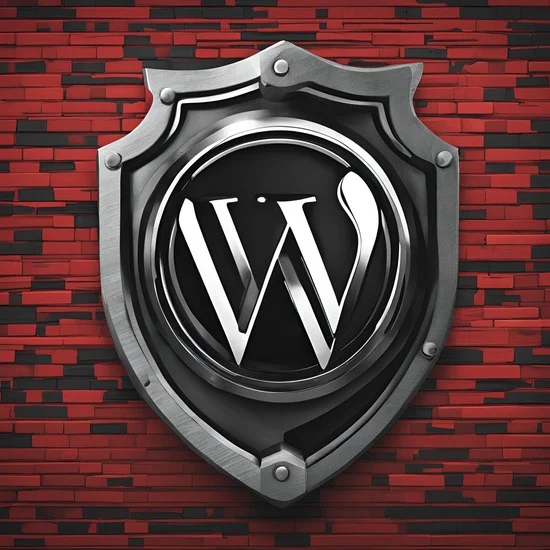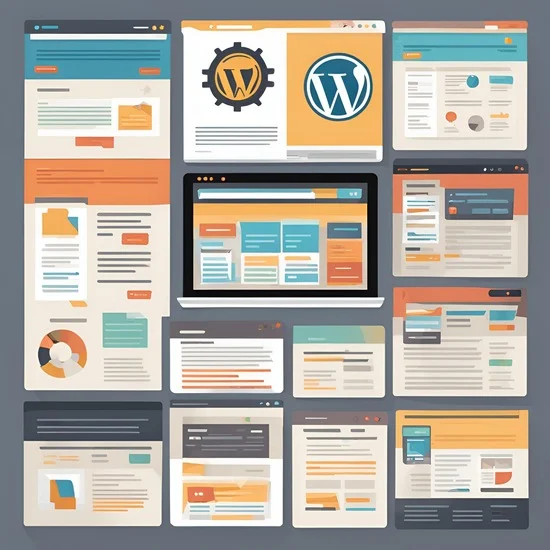WordPress website security: how to protect your site from hackers
WordPress is one of the most popular content management systems in the world, making it a frequent target for hackers. To protect your website, it’s essential to implement effective preventive measures. In this article, we’ll discuss the key methods to secure your WordPress site from intrusions.
December 20, 2024

1. Regularly Update WordPress and Plugins
WordPress, themes, and plugins are frequently updated to fix security vulnerabilities. Keeping them up-to-date reduces the risk of your site being compromised.
Tips:
- Enable automatic updates for WordPress.
- Regularly check that all plugins and themes are updated.
- Remove unused plugins and themes.
2. Use Strong Passwords and Two-Factor Authentication
Weak passwords are a common reason websites are compromised. Use strong, unique passwords and enable two-factor authentication for added security.
Tips:
- Create complex passwords with uppercase and lowercase letters, numbers, and symbols.
- Use password management tools like LastPass or 1Password.
- Install a two-factor authentication plugin like Google Authenticator.
3. Implement Brute Force Attack Protection
Hackers often use brute force methods to guess administrator login credentials. Limiting login attempts can reduce the effectiveness of such attacks.
Tips:
- Use plugins like Login LockDown or Limit Login Attempts Reloaded.
- Hide the default login URL (e.g., replace
wp-login.phpwith a unique address). - Add CAPTCHA to your login page.
4. Use an SSL Certificate
SSL (Secure Socket Layer) encrypts the data between the user’s browser and the server, enhancing security and improving SEO rankings.
Tips:
- Obtain an SSL certificate from your hosting provider or use free services like Let’s Encrypt.
- Ensure your site is displayed as
https://.
5. Create Regular Backups
Even with the best security measures, there’s always a risk of your site being compromised. Regular backups ensure you can quickly restore your site.
Tips:
- Use backup plugins like UpdraftPlus or BackupBuddy.
- Store backups securely, such as in cloud storage (Google Drive, Dropbox).
- Schedule backups regularly and after significant changes to your site.
6. Limit User Access and Roles
Not all users need full administrator rights. Limiting user roles reduces the risk of accidental or malicious damage.
Tips:
- Grant only the permissions necessary for each user.
- Use plugins like User Role Editor to manage roles.
- Regularly audit active user accounts and remove unnecessary ones.
7. Use Firewalls and Security Plugins
Firewalls and security plugins help detect and block malicious attempts to access your site.
Recommended Plugins:
- Wordfence Security: Includes a firewall and malware scanner.
- Sucuri Security: Monitors site security and blocks threats.
- iThemes Security: Offers features like password enforcement and login restrictions.
8. Remove Unnecessary Files and Default Settings
Default WordPress settings can reveal site structure information to hackers. Removing unused files and hiding sensitive details improves security.
Tips:
- Delete files like
readme.htmlorwp-config-sample.php. - Hide the WordPress version number.
- Protect the
wp-config.phpfile by adjusting its file permissions.
Protecting your WordPress site from intrusions is a crucial aspect of website management. By implementing these measures, you’ll reduce the risk of being targeted by hackers and ensure the security and stability of your site.



